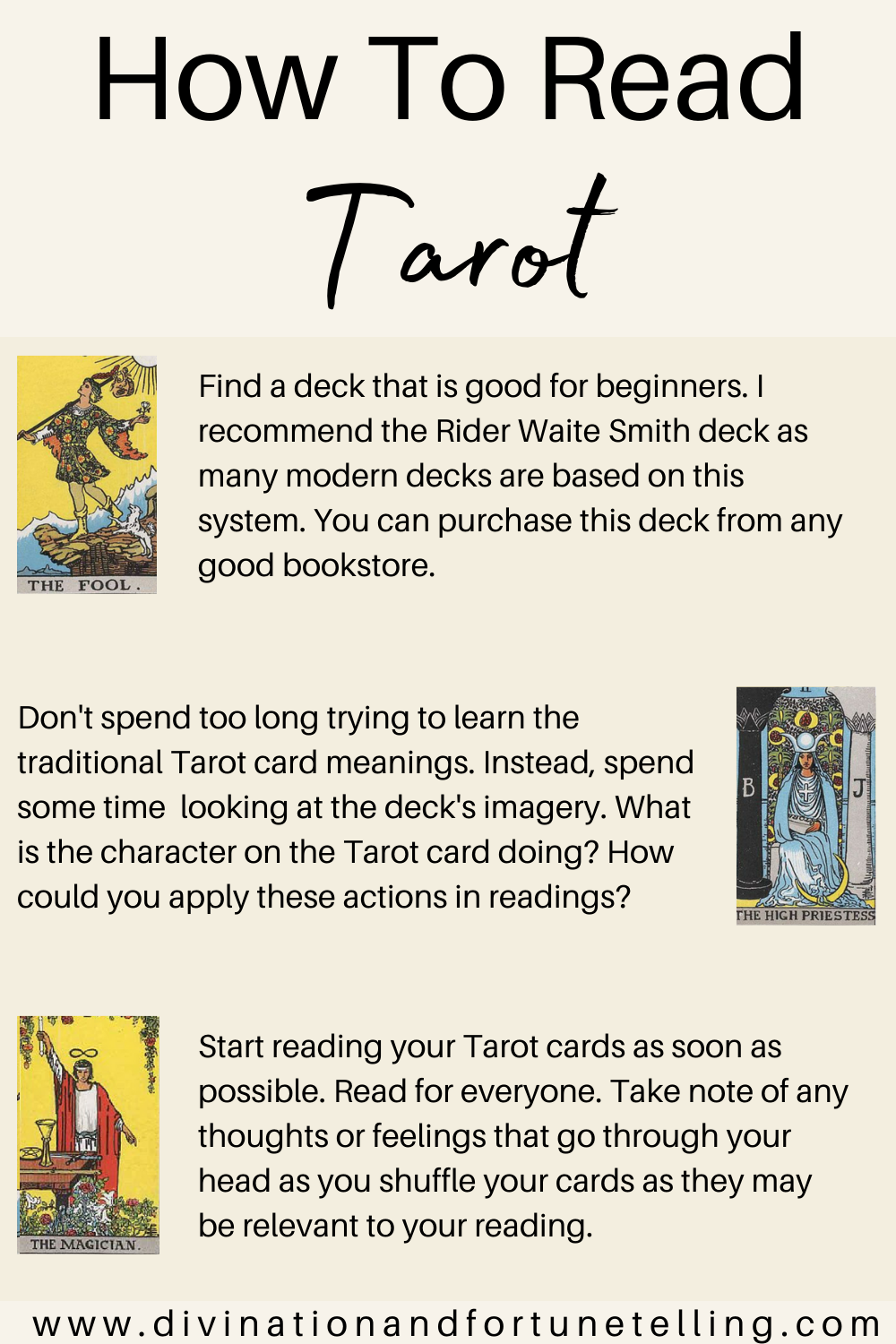
Palm reading dates back to Greek history. It wasn't restricted to any specific culture, religion, or region at the beginning. It was practiced in various schools of art throughout the world. They are also known as hand readers, chirologists, or palmists. Alexander the Great passed this art form on to Aristotle.
Chiromancy
Chiromancy was developed in the Near East during the Hellenistic period. This ancient practice relies on intuition and is not connected to astrology. Its methodological principles may not be entirely clear. Christian chiromantics proposed a scriptural basis in chiromancy, Job 37.7. This might have been an interpretation of God sealing his hand before the reader reads it. The text is not fully understood and relies on obscure symbols.
Gypsy fortune-tellers were depicted often as women who had the ability to read the minds of men before the modern practice. Gypsy chiromancy, which was popular in India but had disappeared from Egypt by the 16th Century, had remained very popular in India. Henry VIII, however, saw palmistry as a clever trick. He did not take into consideration the fact that a written, chiromantic tradition had been around for more than two centuries. British authorities intervened to save the practice.
Palmistry
The practice of palm reading, also known as chiromancy, involves examining the lines in someone's hands and using them to make predictions about the future. Palmistry is a practice that has evolved throughout history and crosses many cultures. It is performed by a group of people known as chiromancy practitioners, palmists, or chirologists.

The four main lines of the palm are usually visible and can be used for reading. Each line represents a different aspect or personality. A curvature at the heart line, for example, will signify someone who is nurturing and emotionally. On the other hand, a straight heart line indicates that a person is guarded and reserved.
Hand shape reading
The simplest method of palm reading is to look at the four main lines. These lines can change throughout the day and can give you an indication of how someone is feeling. Many people find it helpful taking photos of their hands throughout each day to keep track of changes. People's flexibility can also be shown by their overall shape. A curving heart line, for example, indicates that a person is emotionally open and nurturing. A straight line, however, indicates that someone is cautious and reserved.
The palm is a useful tool for evaluating a person's personality. It can be used to assess a person’s character, such their compassion. If they are very compassionate, then they may be good at assessing the other side of a problem. They may lack empathy if they are hardheaded and judgmental. There are many methods to analyze a palm. However, there is one that has been around for centuries. This is by looking for similar people. It allows the palmist to compare their palms.
Life line
A person with a weak Life line has a Life line. A person with a low Lifeline indicates they are extremely fragile and can have difficulty dealing with physical stress. People with thin lines rely on their nerve energy and physical strength for survival. A person with a weak life line may not only have problems with their physical strength, but also lack the motivation and health to do so.
The life line can have many meanings, but generally it represents the person's general physical disposition. While some people think it indicates the number of years that a person will live, others believe it is a measure of how healthy a person is. The depth and thickness of a life line can tell us more about a person's health than anything else.

Fish mark
The Fish mark, an emblem that is commonly found on the palm, originates from ancient Greece. It represents happiness and incalculable good fortune. Its color, a warm pink is lucky and good luck. It is considered a good sign in palmistry and is a common sight in Asian countries. Learn more about how this sign is used in palmistry. Palmistry is known for its Fish mark.
The Fish sign in Indian palmistry is considered to be auspicious. It signifies a loving and successful spouse. It also means good fortune for the woman, and a long life for her husband. The Fish sign in Chinese palmistry looks like an open-ended triangle. It usually appears at the end the life line.
FAQ
What are your favorite hobbies right now
Popularity is not always a positive thing. Popularity is often used to excuse mediocrity. Most people don't have the time or energy to pursue their hobbies. They are too busy working to make ends meet. What should you do when you don't have much time? You could open a business.
It's not easy. It takes a lot of work to make your dream a reality.
If you are looking for something more than running a business you might consider starting a hobby.
Hobbies do not have to be limited to creative pursuits. There are many hobbies. Some of these include:
-
Gardening
-
Cooking
-
Photography
-
Reading
What are your educational hobbies and interests?
An educational hobby is an activity where you learn something by doing it. It could be anything, from playing sports to learning how an instrument is played.
It should be enjoyable and have fun. You don’t have to do it constantly, but you should consider what other activities you could be engaging in instead.
Also, you need to be careful not to spend too much on these activities. They can end up costing more than you think.
What are observation hobbies?
Observation hobbies allow you to observe others doing the same thing. It could be reading, watching sports or going on holiday. You might also enjoy observing other people.
Because they teach you how to think creatively, observation hobbies are great. You can draw on this knowledge later, when you work on projects for others.
It will be easier to learn about something if you are interested in it.
For instance, if football is something you are interested to know about, you can watch the game or read a book. You could visit or take part in exhibitions if you are interested in learning more about photography.
You can play along with songs online or purchase a guitar if you love music.
If you like cooking, you could cook your own meals or visit restaurants.
If you like gardening, you could grow vegetables or flowers.
If dancing is something you enjoy, join a dance class.
If you love painting, you can paint pictures.
If you like writing, you could write stories or poems.
You might enjoy drawing pictures, if you are a good artist.
If you have a passion for animals, you might be able to look after them or work in a zoo.
You could choose to study biology, maths, chemistry, or physics if you are interested in science.
If you like history, you could read books, watch films or listen to podcasts.
You could explore the world or travel to places you love if you are a lover of traveling.
Statistics
- Much of this decline reflects the fact that teens are less likely to work today than in the past; among employed teens, the amount of time spent working is not much different now than it was around 2005. (pewresearch.org)
- Almost 80% of people claim to have no hobby. (hobbylark.com)
- This 100% accurate personality-analyzing hobby quiz discovers your passion based on your characteristics. (quizexpo.com)
- In comparison, men in the “no humor” condition were refused 84.6% of the time and were only accepted 15.4% of the time. (time.com)
- The Role of the Mind in Sex, Dating, and Love: Men in the “humor” condition received phone numbers from 42.9% of the female participants and were refused 57.1% of the time. (time.com)
External Links
How To
How to start gardening
Gardening has been around since the dawn of agriculture. It takes patience, persistence, determination, and perseverance. It is important to choose the right location for your garden. This could be a large plot of land or even just a small area in your backyard. Next, you will need to decide which type of plants are best for you. Do you prefer flowers or vegetables? Some people are passionate about growing herbs, while others like raising livestock like rabbits. Before you decide on what type of crops to plant you need to take into consideration how much space you have. If your climate is cold, you may decide to plant berries and fruits.
After you have decided what you want to plant, it is important that you prepare the soil. How your plants perform is dependent on how well the soil you use. Good quality soil contains organic matter that helps feed your plants' roots. Organic matter can include leaves, twigs and grass clippings as well as manure and compost. You need nutrients to your soil after you have prepared it. You may need different amounts depending on what type of plants you are trying to grow. An online fertilizer calculator can help you calculate these values. Many fertilizers are on offer, so make sure that you know which one you are buying.
Now, wait for your seeds to germinate after you have prepared your soil and added the necessary nutrients. This can take anywhere from two weeks to three months depending on where you live and how warm it is. After your seeds sprout, it is important to water them frequently. Watering your plants too little or too often can cause problems. You should ensure that your plants get enough water at regular intervals. Avoid overwatering. Overwatering can result in root rot, fungal diseases, and even death. Consider that plants generally need less water in the warmer months than they do in winter. Some plants must be dried out after being watered. Tomatoes for instance need to remain slightly moist, but not wet. Soggy soil is not good for them. After plants finish flowering, they need to go dormant. Dormancy is when plants stop producing new growth and begin storing energy for the next season's harvest. During dormancy, the plant stops sending signals to its roots telling them to produce food. Plants continue to store energy throughout this period. Plants will soon die if they are exposed to too much or too cold temperatures.
If you live in an urban environment, you may find yourself limited in the kinds of plants that you can grow. Urban areas tend to contain concrete sidewalks, roads, buildings, and parking lots that block sunlight from reaching the ground. Concrete absorbs light, preventing the soil underneath from getting adequate sun exposure. This is why many plants cannot thrive in cities. There are still plants that thrive in urban environments. Many trees, perennials, shrubs, as well as shrubs can be adapted to urban living. Many annuals can be grown indoors, too, in containers. You can bring greenery inside your home all year round, regardless of the weather.
You are now ready to plant your garden!